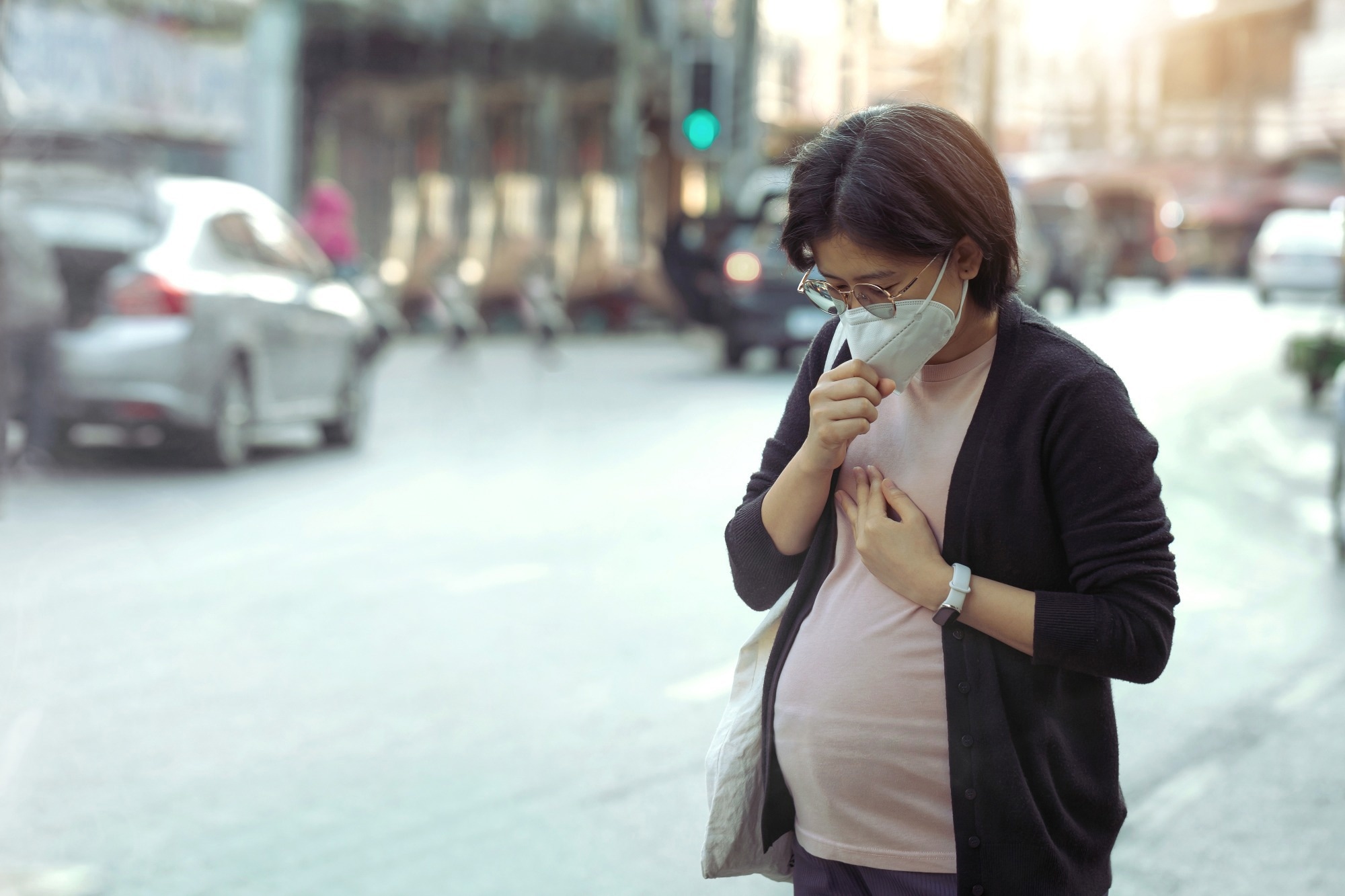Health
New Study Links Prenatal Air Pollution to Higher Autism Risk

Recent research from Ontario, Canada’s largest birth cohort, reveals a concerning connection between prenatal exposure to specific air pollutants and an increased risk of Autism Spectrum Disorder (ASD) in children. The study, published in JAMA Network Open, highlights that exposure to sulfate and ammonium particles in fine particulate matter (PM2.5) may disrupt fetal brain development, underscoring the urgent need for cleaner air, particularly in urban and disadvantaged communities.
Fine particulate matter consists of microscopic particles measuring 2.5 micrometers or less, primarily emitted by power plants, vehicles, industrial activities, and the burning of fuels. These pollutants are known to enter the body easily through the lungs, leading to various health issues, including cardiovascular and respiratory diseases. Significant concerns arise from prenatal or early-life exposure to fine PM, as it has been linked to neurodevelopmental complications, including ASD.
The current study aimed to fill gaps in existing research by investigating the impact of non-metal components of fine PM on neurodevelopmental disorders. It analyzed administrative health data covering approximately 98% of births in Ontario, encompassing a total of 2,183,324 births with gestational ages ranging from 36 to 42 weeks. The researchers estimated biweekly concentrations of fine PM components, such as black carbon, dust, ammonium, nitrate, organic matter, sulfate, and sea salt, from conception up to the 36th week of pregnancy.
Key Findings on Air Pollutants and Autism Risk
The study found that prenatal exposure to sulfate and ammonium significantly increased the risk of developing ASD, with a 15% and 12% higher risk per interquartile range increase in exposure, respectively. Notably, the total mass of PM2.5 was not significantly linked to ASD risk once sulfate and ammonium were accounted for during critical exposure windows. Furthermore, early-life exposure to ozone during the first year after birth was associated with a 9% increase in ASD risk.
The analysis indicated that the second and third trimesters of pregnancy were particularly vulnerable periods, with the highest risk associated with sulfate and ammonium exposure occurring between weeks 21-36. Interestingly, the associations were found to be stronger in male infants, although sulfate exposure remained significant in females as well.
Implications for Public Health
The implications of this research are significant, suggesting that fetal exposure to sulfate and ammonium during mid to late pregnancy can markedly elevate the risk of ASD. The observed connections may be attributed to mechanisms such as oxidative stress and neuroinflammation, which are well-documented factors in the development of neurodevelopmental disorders.
Sulfate primarily originates from regional combustion sources using high-sulfur fuels, while ammonium is often linked to fertilizer use, sewage treatment, and vehicle emissions in urban areas. Laboratory studies have indicated that ammonium can adversely affect neurodevelopment by disrupting astrocytes and neurotransmission.
The study also concluded that exposure to ozone during the first year of life may further increase the risk of ASD, as this period is crucial for brain development. Animal studies have associated ozone exposure with oxidative stress and mitochondrial dysfunction, both of which can negatively impact neurodevelopment.
The findings are particularly alarming in urban regions, where socioeconomically disadvantaged populations are often more exposed to high levels of air pollution. These communities frequently reside near high-emission facilities or major highways, intensifying their vulnerability to harmful pollutants.
While the study provides critical insights, the authors acknowledged limitations, including the estimation of exposure at the neighborhood level rather than through personal monitoring. Additionally, potential individual-level factors, such as diet and genetics, were not fully accounted for, which may affect the study’s findings.
Overall, the results bolster the case for public health initiatives aimed at reducing air pollution, particularly in urban and socioeconomically disadvantaged areas. As research continues to unveil the links between environmental factors and health, addressing air quality remains paramount for safeguarding future generations.
-

 World2 days ago
World2 days agoCoronation Street’s Shocking Murder Twist Reveals Family Secrets
-

 Entertainment4 months ago
Entertainment4 months agoKate Garraway Sells £2 Million Home Amid Financial Struggles
-

 Entertainment3 months ago
Entertainment3 months agoAnn Ming Reflects on ITV’s ‘I Fought the Law’ Drama
-

 Health3 months ago
Health3 months agoKatie Price Faces New Health Concerns After Cancer Symptoms Resurface
-

 Entertainment3 weeks ago
Entertainment3 weeks agoCoronation Street Fans React as Todd Faces Heartbreaking Choice
-

 World3 weeks ago
World3 weeks agoBailey Announces Heartbreaking Split from Rebecca After Reunion
-

 World5 days ago
World5 days agoKevin Sinfield Exceeds Fundraising Goal Ahead of Final Marathons
-

 Entertainment5 days ago
Entertainment5 days agoTwo Stars Evicted from I’m A Celebrity Just Days Before Finale
-

 Entertainment3 months ago
Entertainment3 months agoCoronation Street’s Carl Webster Faces Trouble with New Affairs
-

 Entertainment3 months ago
Entertainment3 months agoWhere is Tinder Swindler Simon Leviev? Latest Updates Revealed
-

 Entertainment4 months ago
Entertainment4 months agoMarkiplier Addresses AI Controversy During Livestream Response
-

 Science2 months ago
Science2 months agoBrian Cox Addresses Claims of Alien Probe in 3I/ATLAS Discovery





















